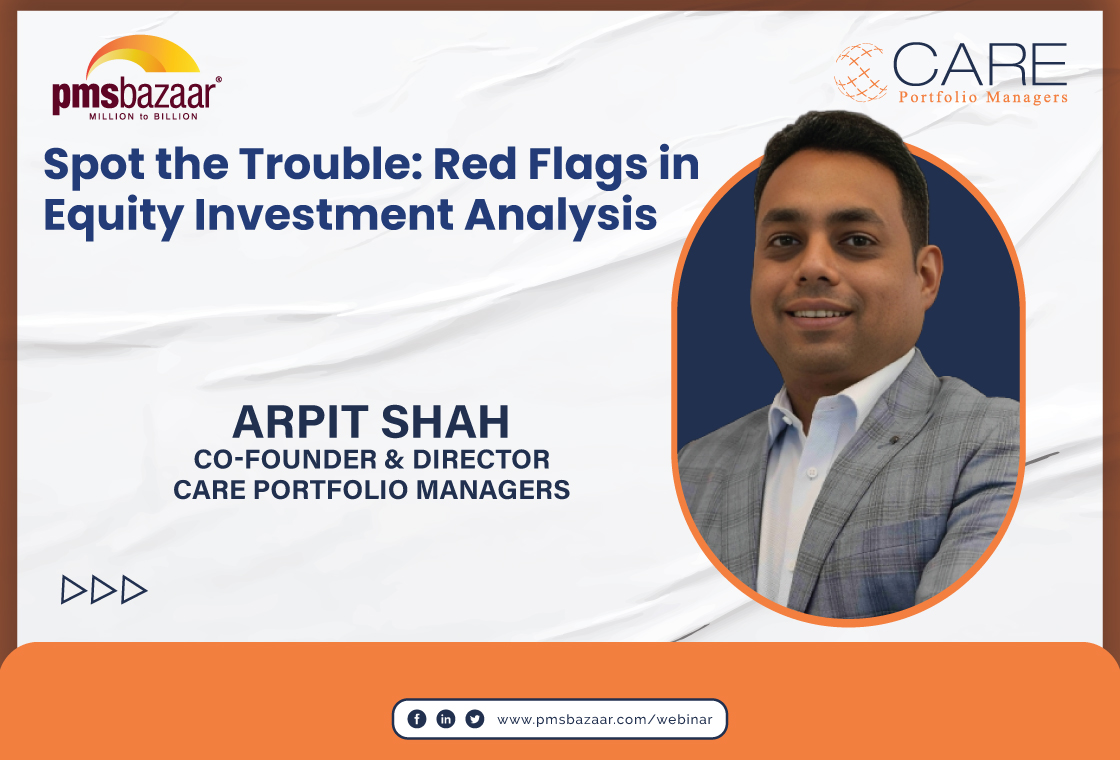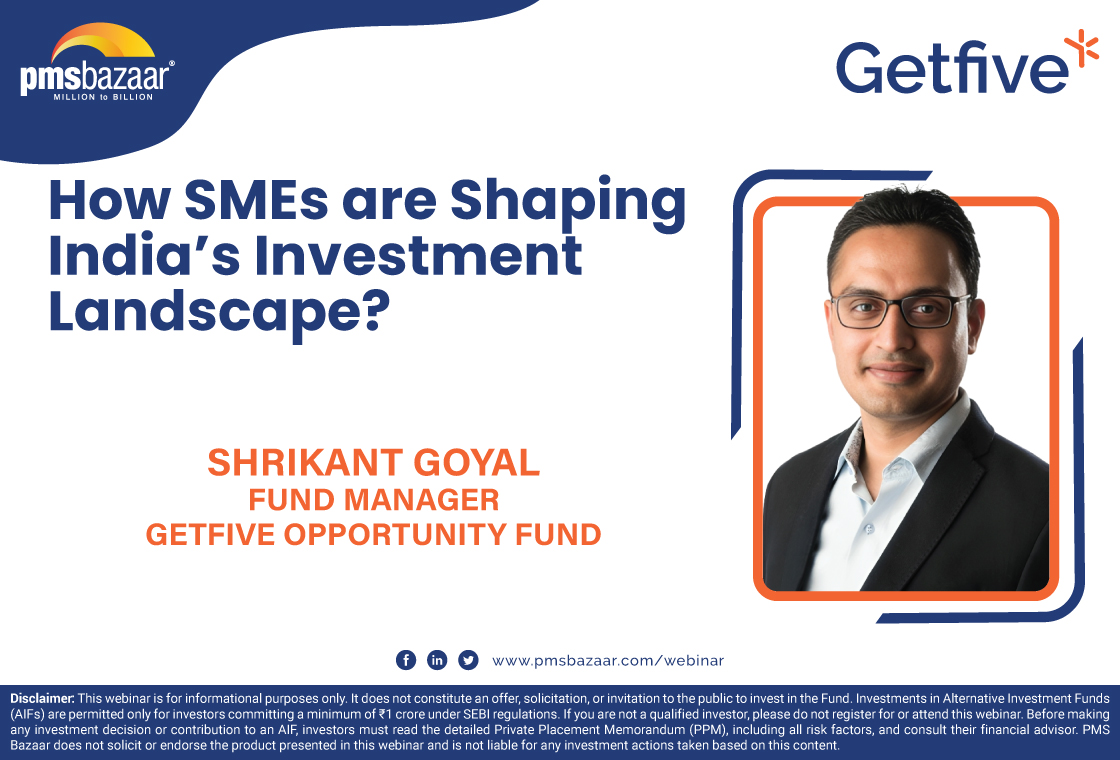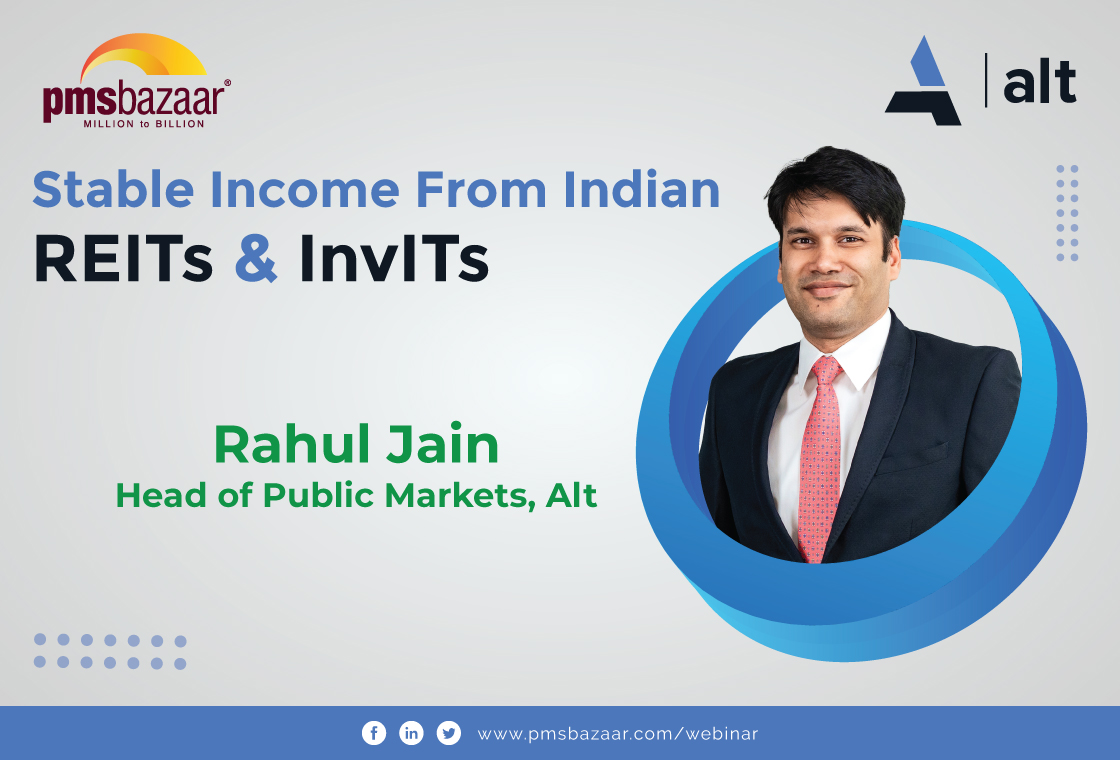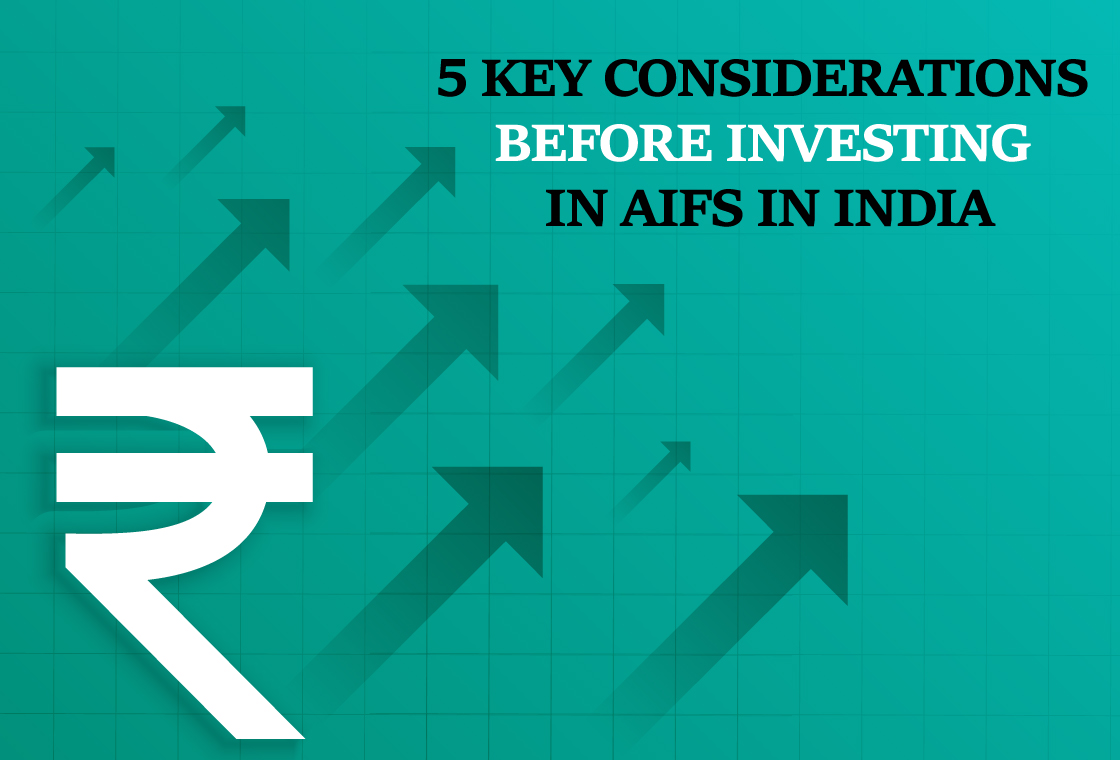The alternatives space is growing rapidly, across the globe, in many key advanced economies. This surge presents great opportunities for domestic investors to participate in and benefit from. To highlight the kind of potential in the global alternatives space, Umang Papneja, MD and CEO of Julius Baer India interacted with Vikas Sachdeva, Managing Director, and Madanagopal Ramu, Head-Equities and Fund manager, both from Sundaram Alternates.

What’s hot in alternatives
Mr. Sachdeva started off by asking about the most recommended themes in alternatives globally that were also sought-after by investors.
Mr Papneja, first, sought to emphasize the key aspect
about RoE (return on equity), which he felt was the key guiding philosophy in
investing in companies. He added that only India and the US delivered
double-digit RoE and had markets that gave healthy returns over the past many
decades. These two markets stand out in terms of size as well as the number of
companies, he noted.
For Indian clients, Mr Papneja said the recommendation
was Indian companies and for diversification, US companies were suggested for
investments.
On international investors, he said they were more open
to new thought processes. The US was still a high-allocation area for these
investors. Though investments in India are also suggested, they may not be
overweight or heavy weight here.
Mr. Ramu wanted to understand how the investor base in
alternatives was evolving from being dominated by institutions to now other
structures coming in to improve the overall base.
Mr. Papneja said from the time SEBI came out with AIF
regulations in 2012 and early 2013 to now, the industry had grown to over Rs 8
lakh crore in commitment. He noted that HNIs would be more than institutions
currently in the AIF space. For perspective, mutual funds with a much longer
regulatory history of over 3 decades had an AUM of Rs 40 lakh crore. He said
the inroads made by AIFs were significant and healthy. He observed that the
ratio of mutual funds AUM to AIFs commitment was 20% and it was similar in most
global markets. Mr. Papneja was of the opinion that the growth in AIFs would be
in sync with the rise in mutual funds, rather than experiencing exponential
growth.
On the query about attractive strategies in the alternatives space currently, Mr. Papneja opined that the long-only strategy wasn’t an alternative investment class. Since it is not possible for any private individual to take a mutual fund license, a category 3 AIF license became a better choice for managing long-only strategies, he observed.
He said private credit, long-short, private equity, and
real estate are the most attractive strategies to play in the alternatives
space right now.
Diversification in investment
Mr. Sachdeva then raised a question on real estate as an attractive investment currently and also about the diversification between traditional and alternative investments.
Mr. Papneja said that based on the split of mutual funds
and alternative AUMs, the investor allocation may also be similar, though it
may not always be the case. He went on to add that new-age entrepreneurs who
exited their businesses probably preferred AIFs.
Going on to the real estate, he said NCDs
(non-convertible debentures) and stakes in realty companies may present some
opportunities. Another option was to take a stake in the real estate project
itself. Another avenue was for yields via rentals from commercial or
warehousing. All these can be done via AIFs. Doing it via a fund will mean
lower operational and maintenance hassles for investors.
Mr. Sachdeva then pointed out a study that stated that
the share of AIFs in HNIs wallet of investments was just 5% but was expected to
go up to 15% in the next five years.
The shine of gold
Turning the conversation to the shiny yellow metal, Mr.
Sachdeva then wanted to understand how the fortunes of gold were going to play
out, given that prices were at all-time highs.
Mr. Papneja noted that gold is generally meant to give a
little more or equal to inflation rates as returns over the years. It is to
preserve the value of investments. The Russia-Ukraine war has changed the
perception towards gold, as sanctions from many Western economies and the move
to reduce single-currency reserve dependence may not help the US dollar as the
dominant currency of world trade. There has been substantial central bank
buying in gold over the past 12-18 months. If the situation continues, gold may
continue to give more than inflation as returns.
Restoring momentum in the private equity market
Mr. Ramu then chipped in with a query on when the global
downturn in the private equity market would end, given all the talk about a
funding winter amid high-interest rates.
Mr. Papneja noted that valuations were correcting,
especially on the technology side of start-ups over the past year or so. As
multiples reduce, the buying zone may emerge again, he noted and added that
things were heading in that direction. Many interesting opportunities have
cropped up due to this fall in valuations, he observed. He said when funds are
raised from private equity firms, they are deployed over 3-4 years and not in
one shot. Many drawdowns were still pending, he noted.
Moving on, Mr. Sachdeva then asked about ESG investing,
touching on the controversy surrounding the very topic as gave rise to divisive
perceptions, and seeking to know whether India, at this stage of development,
must even be considering it.
Mr Papneja said in India ESG itself is quite nascent with mutual funds having Rs. 12,500 crore in assets under the theme. He noted the environmental part of ESG alone was a concern for investors in India. Some AIFs also have ESG strategies, he noted.
To a query on the rupee-dollar movement, Mr. Papneja noted that India’s large IT industry, falling crude prices, and rising exports could mean that the country could record a current account surplus in 3-4 years. So, the steady 3-4% depreciation of the currency against the dollar may not no longer happen.
The Webinar Panel discussed all the above-mentioned points and more. Watch the entire session with the appended link below -
Get access to rich data and analytics of PMS & AIF by subscribing to us. Join the 50000+ investors & experts now: Subscribe NOW
Recent Blogs
.jpg)
Passively Active Investing — A Modern Investor’s Lens on ETF-Based PMS
PMS Bazaar recently organized a webinar titled “Passively Active Investing — A Modern Investor’s Lens on ETF-Based PMS,” which featured Mr. Karan Bhatia, Co-Founder and Co-Fund Manager , Pricebridge Honeycomb ETF PMs. This blog covers the important points shared in this insightful webinar.

Spot the Trouble: Red Flags in Equity Investment Analysis
PMS Bazaar recently organized a webinar titled “Spot the Trouble: Red Flags in Equity Investment Analysis,” which featured Mr. Arpit Shah, Co-Founder & Director, Care Portfolio Managers. This blog covers the important points shared in this insightful webinar.

Long-Only AIFs Rebound Sharply in October; Long-Short Strategies Lag Despite Lower Volatility
106 long-only AIFs averaged 3.68% vs 32 long-short AIFs at 2.7%; only 24–31% of funds beat key indices

Markets log strongest monthly gains in 7 months; PMS performance turns near-uniform in October
Nifty 50 TRI gained 4.62%, BSE 500 TRI rose 4.27%; 415 of 427 equity PMSes ended positive

How SMEs are Shaping India’s Investment Landscape?
PMS Bazaar recently organized a webinar titled “How SMEs are Shaping India’s Investment Landscape?” which featured Mr. Shrikant Goyal, Fund Manager, GetFive Opportunity Fund.

Stable Income from Indian REITs and InvITs
PMS Bazaar recently organized a webinar titled “Stable Income from Indian REITs and InvITs,” which featured Mr. Rahul Jain, Head of Public Markets, Alt.

5 Key Considerations Before Investing in AIFs in India
Alternative Investment Funds (AIFs) have emerged as a compelling option for sophisticated investors seeking diversification and potentially superior returns. But venturing into AIFs requires a clear understanding of their unique characteristics that go beyond simply knowing what they are and their categories.

How AIF can help in diversification?
Traditionally, Indian investors have relied on a mix of stocks and bonds to build their wealth. While this approach offers diversification, it can still leave your portfolio vulnerable to market fluctuations. Enter Alternative Investment Funds (AIFs), a dynamic asset class gaining traction for its ability to unlock diversification beyond the realm of conventional options.

